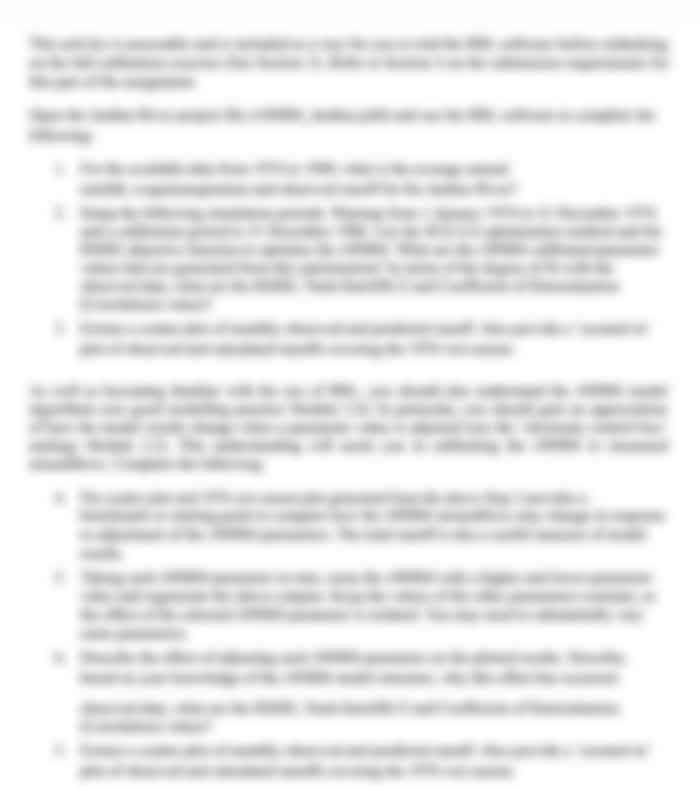PDE2401Design Considerations for an Efficient Patient Hoist Drive System
- Subject Code :
PDE2401
Drive system for a patient hoist
You have been asked to assess the viability of using Solidworks Motion to analyse the lifting
mechanism that consists of a motor/gearbox, a main housing, a nut rotated by the motor through a
1:1 gear train that drives a leadscrew to lift the load. A basic schematic is shown in Figure 1.

The Leadscrew is not shown here, and you are asked to create that part.
The activities you will need to undertake are:
1. Create M5 tapped holes in the Housing to enable the Geared Motor to be fastened in place.
2. Create a Leadscrew 10 mm in diameter with a pitch of 2 mm and 150 mm long (plain carbon
steel) and decide the shaft tolerance for this (see below)
3. Modify the Drive Gear to become the nut that drives the Leadscrew and, again, define the
tolerance for the hole.
4. Assemble the Geared Motor to the Housing and add the Smart Fasteners.
5. Assemble the Drive Gear to the Housing.
6. Assemble the Motor Gear (0.5 M 100 T) to the Geared Motor shaft and mesh it with the Drive
Gear with an appropriate mate.
7. Simulate the mechanism with the parameters described below
Creating a Leadscrew in Solidworks
A profile of a leadscrew is shown in Figure 2. The height of the thread is half the pitch, and the
included angle is 30 ?. The centre line of the thread is also the horizontal centre of the triangle. This
is enough information to provide a fully constrained sketch of the thread profile to carry out a swept
cut to create the leadscrew or nut (Drive Gear).
For the leadscrew, the outer diameter is 10 mm, and this defines the inner diameter as 8 mm, which
is the diameter of the hole needed in the Drive Gear. These are, of course, nominal values as there
would be a tolerance applied to this. What is required is a running clearance fit?
Many books on this subject state that there are five types of clearance fit listed below with examples
of the shaft basis fit:
1. Loose running (h11/C11)
2. Free running (h9/D9)
3. Close running (h7/f8)
4. Sliding (h6/G7)
5. Location (h6/H7)

A loose running fit has the largest clearance where accuracy is not critical, whereas a free running
fit provides a little more accuracy and is suitable for high running speeds. For lower running speeds,
the close running fit is recommended as it provides a good balance between low friction movement
and accuracy. A sliding fit allows the two parts to move relatively to one another but does require
some forced lubrication to reduce friction a crankshaft in a car engine is an example of this. A
location clearance fit allows easy assembly and disassembly and some movement but is ideally for
accurate mating of two components.
More accurate than these are transition fits, that allow assembly using hand tools (hammers, mallets
etc.) and some scope for disassembly. Interference fits require large forces to assemble the
components and generally cannot be disassembled. Some possible fits in all these areas are shown
in Table 1.

When you create the leadscrew, add a rectangular spigot at the top so that it can be constrained
parallel to an appropriate plain to prevent it rotating. This is illustrated in Figure 3.
You will also use these same tolerances for the Drive Gear and Housing so that you can create the
drawings for these.

Simulation
Apply gravity to the model (Make sure you have enabled the Solidworks Motion add-in) and supply
a torque to the Motor Gear so that it counteracts the force due to the mass of the leadscrew.
Include in your report how you calculated this given that the movement ratio of lead screw is:

Consider why the value you came up with did not give zero acceleration. Add additional torque to
compensate if you can.
Add a force of 1 kN to the top face of the spigot. Estimate the torque needed to achieve this you
may need to add more to get the leadscrew to go up. Use this simulation to produce the mp4 video.
Now add a solid body contact between the Drive Gear and the Housing with Greasy Steel friction.
How much torque is now needed to lift the leadscrew at a reasonable rate? Is this a reasonable
outcome and, if so, what are the implications for the design?
Are you struggling to keep up with the demands of your academic journey? Don't worry, we've got your back! Exam Question Bank is your trusted partner in achieving academic excellence for all kind of technical and non-technical subjects. Our comprehensive range of academic services is designed to cater to students at every level. Whether you're a high school student, a college undergraduate, or pursuing advanced studies, we have the expertise and resources to support you.
To connect with expert and ask your query click here Exam Question Bank

